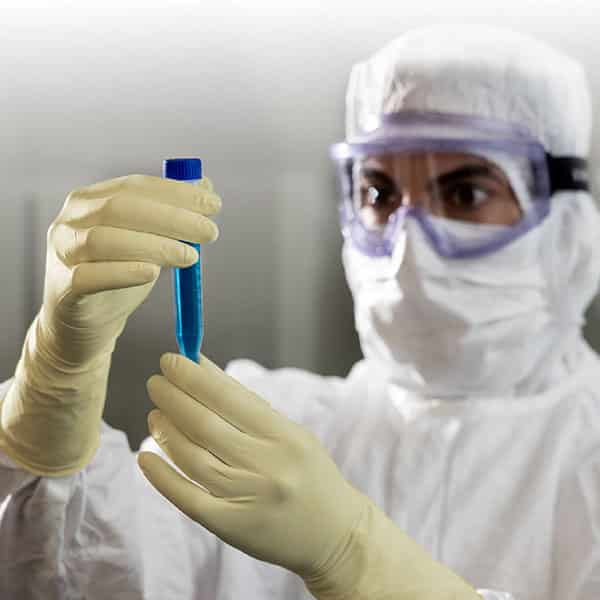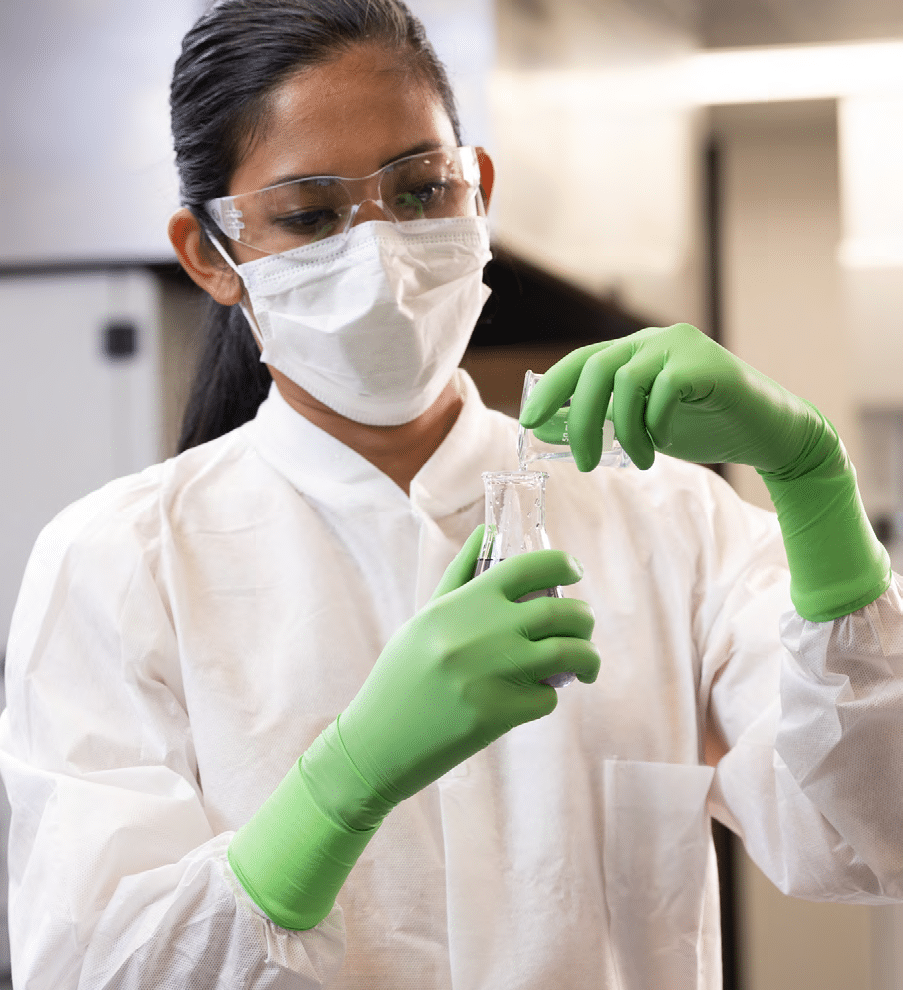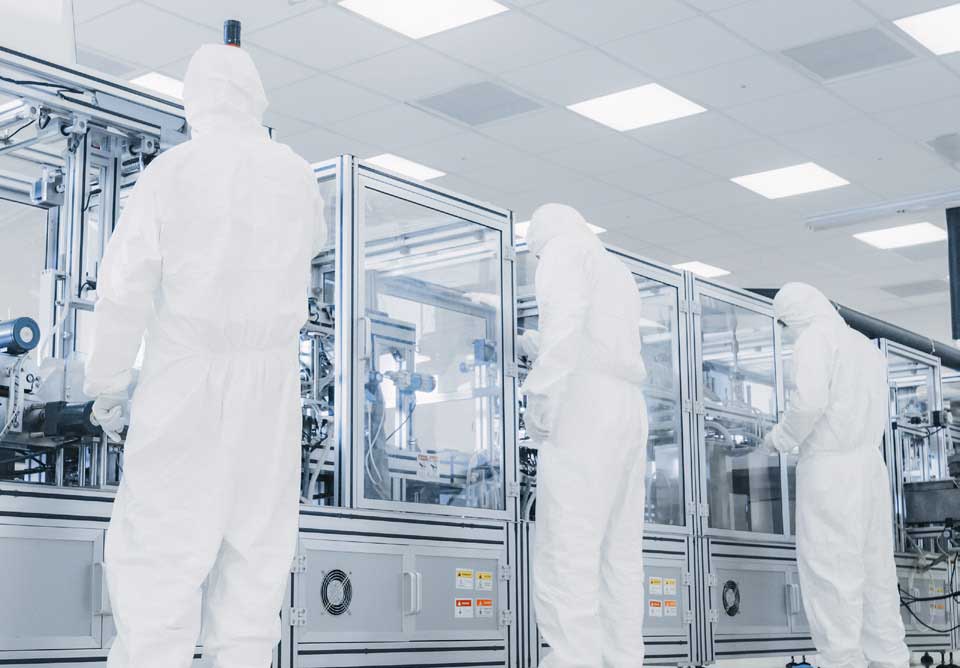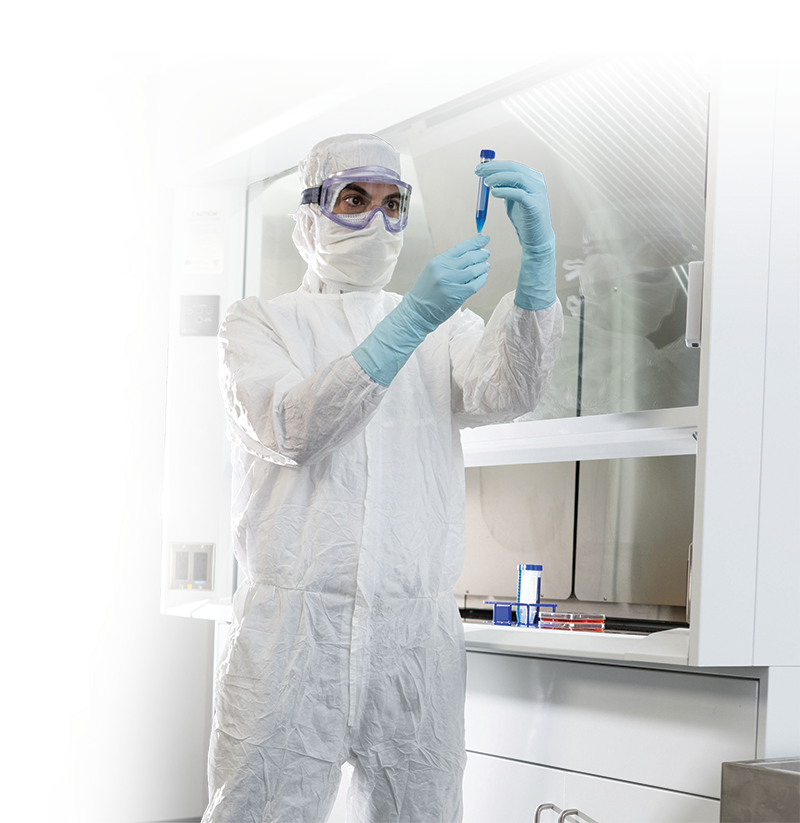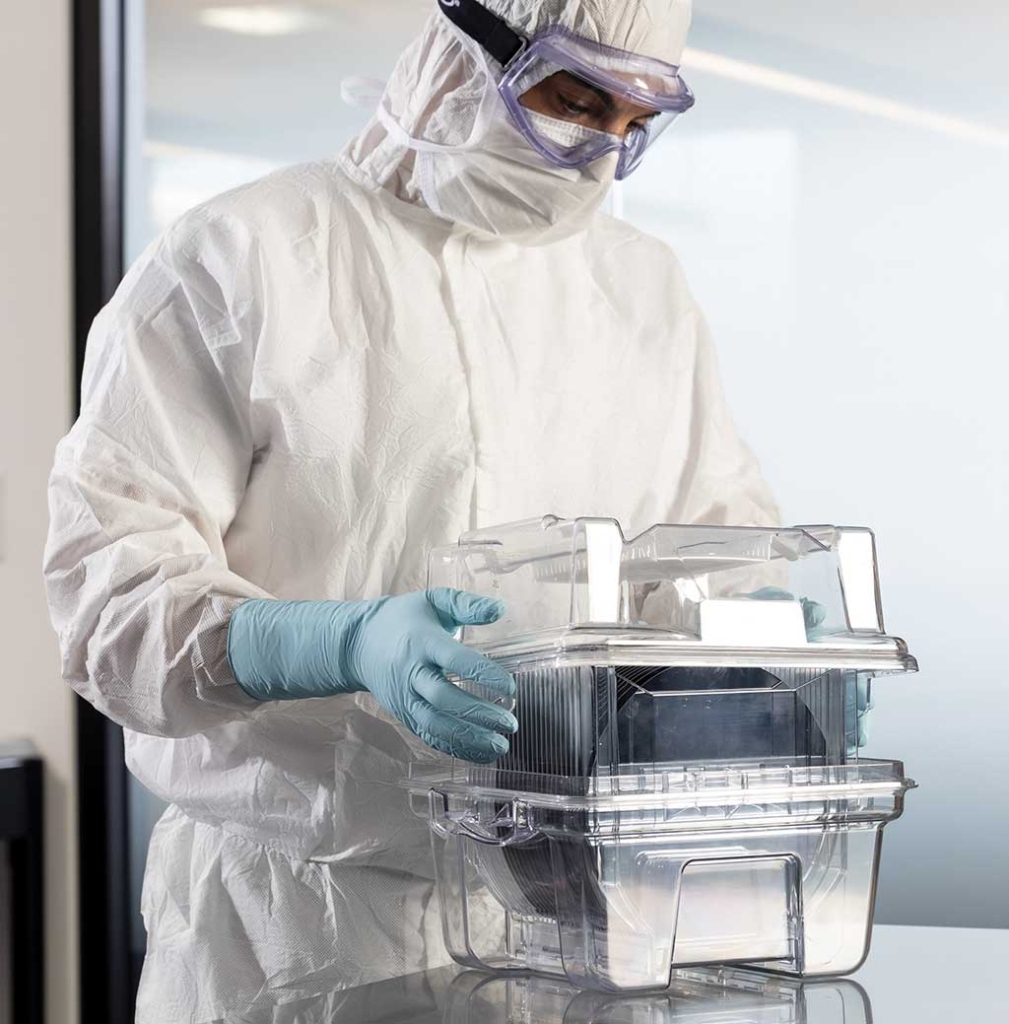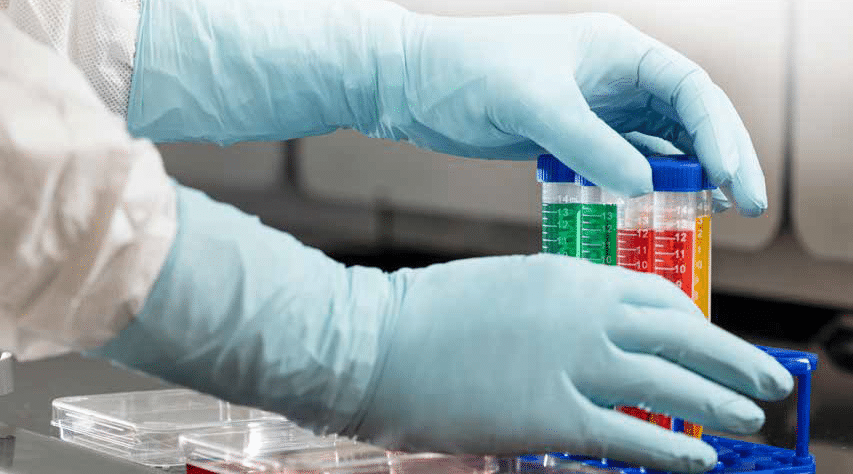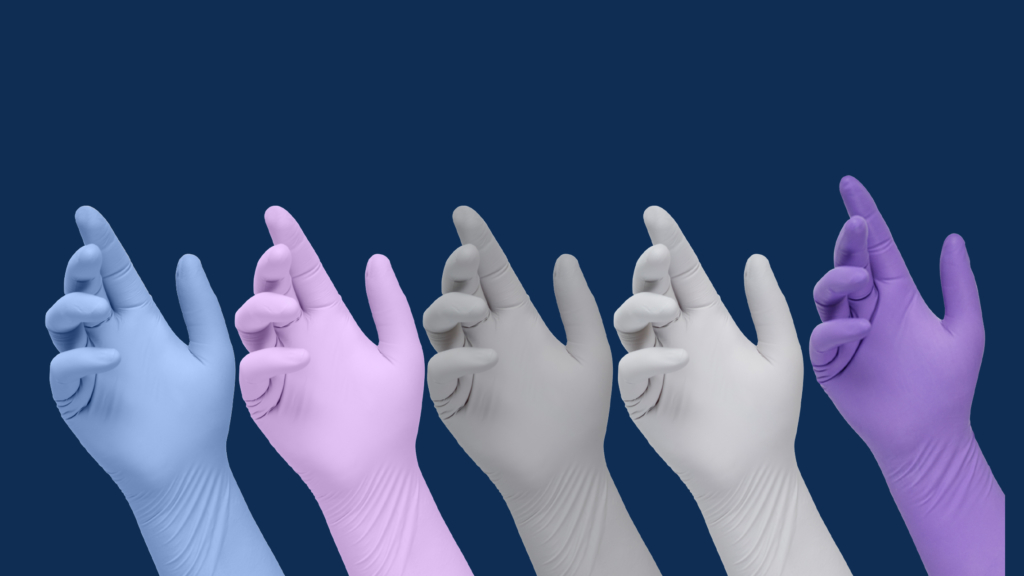What is meant by Acceptable Quality Level?
Cleanroom gloves are critical to protecting your workers, as well as your product and your process. They must be manufactured to a very high standard at all times. Among the most critical protective features is the absence of defects such as pinholes. The accepted rate of defects allowed to be released after passing though control processes is measured by AQL, the Acceptable Quality Level. This test is one of the most direct indicators of a manufacturer’s quality and process standards.
AQL is an industry-wide, international standard. It is a statistical sampling process for evaluating quality. According to the International Standards Organization (ISO) (2859-1: 19991), AQL is “the worst tolerable process average when a continuing series of lots is submitted for acceptance sampling.” Process average is the typical percentage of defective gloves in the lots/batches sampled. The lower the AQL, the lower the chance of finding a defect such as a pinhole in the batch of gloves and the higher the quality of the product.
Various international standards determine the AQL that manufacturers must comply with for manufacturing surgical and examination gloves. However, manufacturers can set their own standards—as long as they are stricter than the international standards, which is the case with HALYARD* PUREZERO* HG3 Nitrile Gloves.†
Since the cleanroom glove standard landscape tends to be less harmonized, manufacturers typically leverage established water leak test methods developed for examination and surgical gloves as a baseline and then set their own AQL limits based on customer requirements.
For cleanroom gloves, the following two references are used: IEST-RP-CC005 and ISO 374-2:2019. IEST-RPCC005 is a guidance document for cleanroom gloves that recommends water leak testing. ISO 374-2 is part of the standards required for PPE Category III certification of cleanroom gloves. Just as HALYARD* examination and surgical gloves exceed their respective standards, HALYARD* PUREZERO* HG3 Nitrile Gloves comply with PPE Category III requirements and exceed the Level 2 performance requirements defined within ISO 374-2:2019. The accelerator-free1 portfolio is offered in three non-sterile and two sterile options to address the needs of pharmaceutical, medical device, microelectronics and semiconductor manufacturing.
HOW IS AQL MEASURED?
AQL is a pass/fail test for a predetermined sample size of a manufactured lot. The lot is tested following the sampling plan and protocols established by the various international standards or more stringent standards set by manufacturers to ensure higher quality is delivered to the customer.
The AQL sampling plan is an inspection procedure that is used to determine acceptance or rejection criteria from an inspection batch or lot. The gloves to be tested are a randomly selected sample from a larger batch. The sample size to be tested is set by:
- The lot or batch size
- The inspection level – determined by region
- AQL level specified in standards for the market or determined by individual manufacturers
GLOVE QUALITY TESTING PROCESS
First the manufacturer will need to know the size of the lot being manufactured; this is the amount of gloves produced without any conditions hanging in a single run. Based on the lot size, the standards will determine the sampling inspection, which is the number of gloves to be randomly selected for testing. In accordance with Statistical Quality Control, the gloves to be tested have all been through “identical” processing and are truly
representative of the total lot or batch.
In this test, the gloves are filled with 1000 ml (1 liter) of water, bound or sealed at the cuff and hung upside down for two minutes and checked for leaks (pin holes) under sustained pressure. This is the recognized test method for global glove standards.
AQL SAMPLING PLANS
If the manufacturer determines that the lot size is 10,000 and the manufacturer is following an AQL of 1.0 with inspection level 1 (as determined by the standards), a sample of 80 gloves must be tested. (See Table 1.)
If two or fewer defective gloves are found among the glove sample inspected (80 gloves), the full lot of gloves (10,000) can be released. This equates to a maximum of 2.5% defective in the gloves that were tested. If the AQL target is 1.5, which would be aligned with the majority of standards, the complete glove lot will move forward if three or less defective gloves are discovered; this equals a maximum of 3.75% defective gloves in the tested sample. This demonstrates that a more rigid AQL target ensures fewer defects overall.
If a sample has more defective gloves than permitted for its size, the full lot would be rejected. In this instance, the lot would either have to be discarded or fully reworked and tested again for AQL.
| AQL | 0.65 | 1.0 | 1.5 | 2.5 |
|---|---|---|---|---|
| Inspection Level (General Level I, GI) | G1 | G1 | G1 | G1 |
| Lot/ Batch Size | 10,000 | 10,000 | 10,000 | 10,000 |
| Sample Size | 80 | 80 | 80 | 80 |
| Maximum Non-Conformance Number Acceptable | 1 | 2 | 3 | 5 |
REFERNCES
1 ISO 2859-1: 1999 Sampling procedures for inspection by attributes — Part 1: Sampling schemes indexed by acceptance quality limit (AQL) for lot-by-lot inspection

